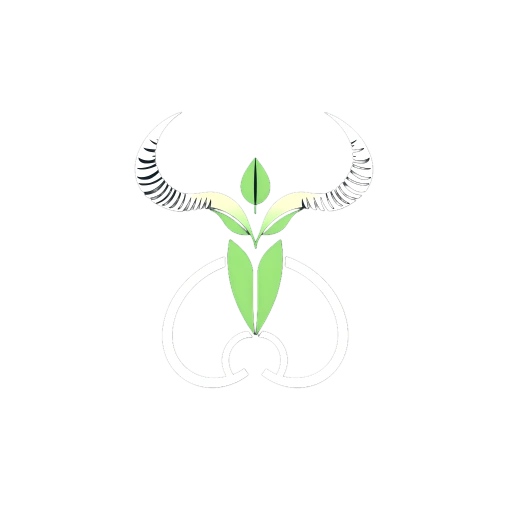Cuckold and Hotwife—Two Distinct but Overlapping Dynamics
The terms “cuckold” and “hotwife” are often used interchangeably, but they represent two distinct relationship dynamics with key differences in structure, psychology, and intent. While both involve a woman engaging in extramarital relationships with the knowledge and consent of her partner, the emotional, psychological, and relational aspects of each dynamic set them apart.
This article will explore the differences between cuckoldry and hotwifing, clarify common misconceptions, and help those searching for “cuck hot wife,” “cuck and hotwife,” “cuckold vs hotwife,” or “hot wife” understand these terms in depth.
Defining Cuckold and Hotwife Relationships
What is a Cuckold Relationship?
A cuckold relationship is a consensual dynamic in which one partner (typically the husband) derives psychological, emotional, or sexual satisfaction from his partner’s sexual encounters with other men. The defining characteristics of cuckoldry include:
- Power Exchange & Submission: The cuckold (the husband or male partner) often takes on a submissive role, experiencing arousal from feelings of humiliation, denial, or powerlessness.
- Emotional & Psychological Elements: Many cuckold dynamics include elements of erotic humiliation, teasing, or even chastity play, where the cuckold’s sexual gratification is controlled or limited.
- Voyeurism & Non-Participation: The cuckold may watch, listen, or only be made aware of the encounters afterward, rather than actively participating.
- Femdom or Female-Led Aspects: Many cuckold relationships involve the woman taking a dominant or sexually autonomous role, making decisions about her encounters.
What is a Hotwife Relationship?
A hotwife relationship is also a consensual dynamic where a woman engages in sexual experiences with other men while in a committed relationship, but with notable differences from cuckoldry:
- Confidence & Empowerment: The hotwife dynamic is often framed as an expression of female sexuality and empowerment, rather than submission-based play.
- Encouragement, Not Humiliation: The husband or male partner typically supports and enjoys his wife’s experiences without deriving pleasure from humiliation.
- Participation & Shared Excitement: Unlike cuckoldry, the male partner in a hotwife relationship is often actively involved, either through direct participation (e.g., threesomes) or by celebrating his wife’s adventures.
- Masculine Pride Rather Than Submission: Many men in hotwife relationships enjoy the thrill of their wife’s desirability and view it as a reflection of their confidence rather than a submissive act.
Cuckold vs. Hotwife: Key Differences
| Feature | Cuckold Relationship | Hotwife Relationship |
|---|---|---|
| Power Dynamics | Typically involves submission and power exchange | Focuses on shared pleasure and confidence |
| Emotional Elements | Can include erotic humiliation, denial, or chastity play | More about pride, excitement, and shared enjoyment |
| Level of Male Partner’s Participation | Often voyeuristic or indirect involvement | Usually active encouragement and participation |
| Psychological Appeal | Arousal from submission, denial, or humiliation | Arousal from wife’s attractiveness and sexual freedom |
| Social Perception | Often misunderstood due to its association with degradation | Viewed as a form of open sexuality and relationship confidence |
Psychological Motivations: Why Couples Choose These Dynamics
The Psychology of Cuckoldry
Cuckoldry taps into deep-seated psychological and evolutionary factors, including:
- Erotic Humiliation: Some men experience arousal from the idea of being “less dominant” or sexually deprived.
- Compersion & Submission: The cuckold may feel joy in his partner’s pleasure, sometimes aligning with submissive tendencies.
- Denial & Control Fantasy: In some cases, cuckoldry involves chastity devices or rules restricting the cuckold’s sexual release.
- Biological Drives & Evolutionary Psychology: Some theories suggest that cuckoldry plays into mate competition and sperm competition theory, where witnessing a partner with another man triggers biological arousal responses.
The Psychology of Hotwifing
Hotwifing is often driven by mutual excitement, trust, and a shared appreciation of the wife’s sexuality, including:
- Desire to Celebrate Female Sexuality: Many couples see hotwifing as a way for the wife to enjoy her sexual freedom while strengthening their bond.
- Thrill of Cuckold-Free Voyeurism: Some men enjoy watching or hearing about their wife’s experiences without the power exchange elements of cuckoldry.
- Reinforcement of Masculinity: Unlike cuckolding, hotwifing often reinforces the husband’s masculinity rather than playing into submission.
- Novelty and Relationship Excitement: Many couples use hotwifing to keep their relationship sexually fresh and adventurous.
Cuckold and Hotwife in Pop Culture & Society
Media & Representation
- Cuckoldry is often misunderstood and misrepresented, particularly in online spaces where “cuck” has become an insult tied to weakness or political submission.
- Hotwifing, on the other hand, is sometimes seen as an extension of modern sex-positivity, where women embrace their sexual agency.
Social Stigma & Acceptance
- Hotwifing is more socially accepted, as it aligns with broader themes of open relationships and sexual confidence.
- Cuckoldry carries a higher stigma, often due to its connections with humiliation, submission, and outdated notions of masculinity.
Is a Cuckold or Hotwife Dynamic Right for You?
If you and your partner are curious about exploring either dynamic, consider the following:
- Do you or your partner enjoy themes of submission and power exchange? → Cuckoldry may be a better fit.
- Do you prefer an experience centered around confidence and shared pleasure? → Hotwifing may be more suitable.
- Are you comfortable discussing and defining boundaries around external partners? Both dynamics require clear communication and consent.
- Do you feel jealousy or insecurity about a partner’s external experiences? If so, it may help to explore these emotions in a structured way before engaging in either dynamic.
Therapy and guided relationship counseling can help couples navigate these dynamics in a healthy and fulfilling way.
Understanding the Right Dynamic for Your Relationship
While cuckold and hotwife relationships share similarities, they are fundamentally different in terms of psychological motivation, power dynamics, and emotional engagement.
- Cuckoldry is often rooted in submission, denial, and erotic humiliation.
- Hotwifing is based on confidence, shared pleasure, and masculine pride.
Both dynamics can be fulfilling when practiced with mutual respect, communication, and clear boundaries. If you’re considering exploring either, start with open discussions about expectations, emotions, and desires to ensure a healthy and satisfying experience.
For couples looking for structured guidance, professional cuckold therapy can provide insights into how these dynamics can enhance intimacy, trust, and connection.



